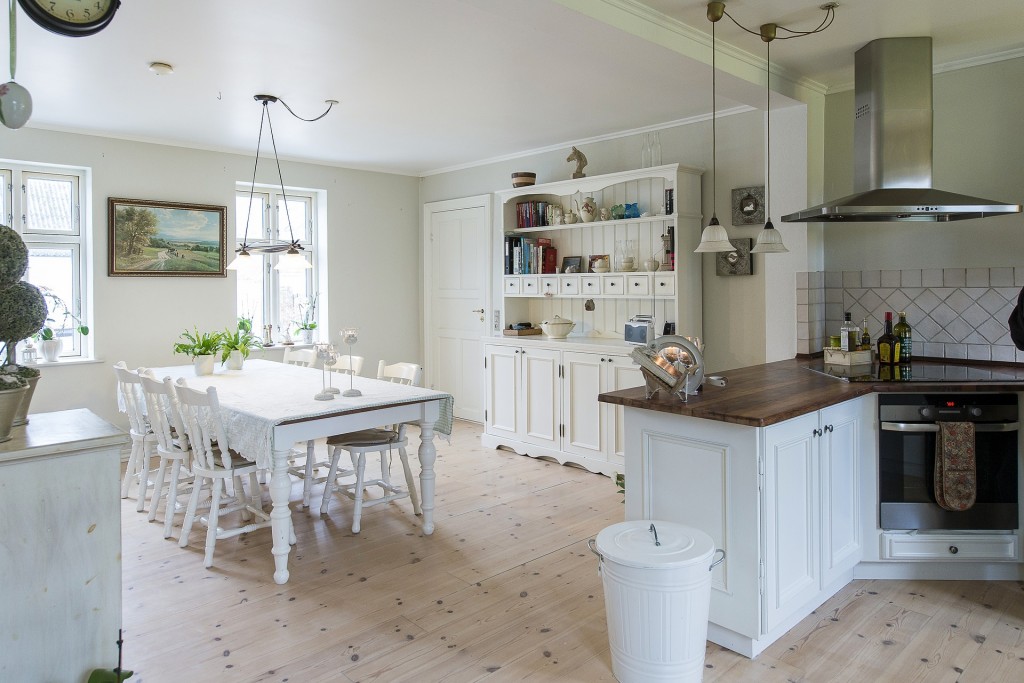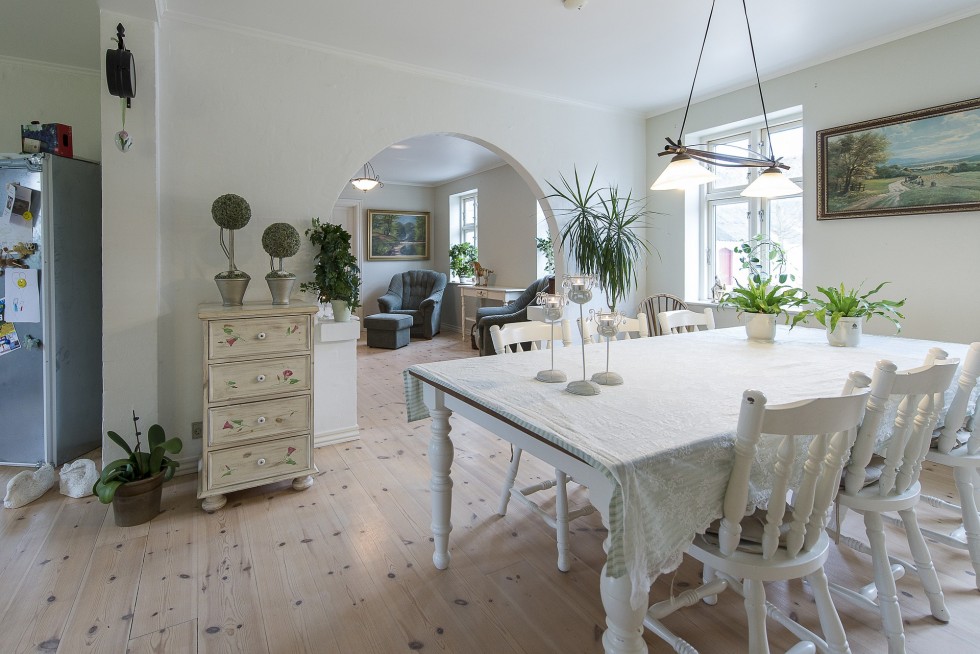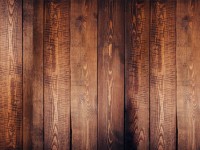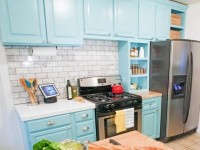Kitchen cabinets undergo a lot of use in their lifetime, which inevitably reflects on their appearance just in a few years after installation. When they start looking a bit outdated and shabby, but there’s no particular room in your budget to fit in the costly replacement, the first upgrade that comes to your mind that might prolong the life of your current cabinets and make them look more modern and neat is repainting them. And, I know what you’re thinking. Repainting kitchen cabinets may often turn out as a total disaster. After spending a few days on sanding, priming, painting and sealing, a lot of hopeful DIYers end up with streaky, chalky cabinets that look even worse than before. The culprits of most failed repainting projects are uneven, ‘spotty’ sanding and unsuitable paint. When those two are eliminated, you may surely hope for success.
Hiring a professional painting contractor to refinish kitchen cabinet is the ultimate recipe for an effortless project with guaranteed excellent results. You may find an affordable one on HireRush.com or let the team chose the most reliable local pro by filling out the request from.
But, there’s an option homegrown handymen may use to refinish their kitchen cabinets without stripping them to bare wood. A DIY wood refinishing system that promises high-quality look, excellent paint adhesion and even application without stripping or sanding the existing finish at a relatively low price (about $100-$150 to repaint the whole kitchen) is the secret ingredient you need to renovate your kitchen cabinets via repainting and reach excellent professional-worthy results after spending minimum of time and effort.
That’s the kit you need to refinish kitchen cabinets without stripping and achieve smooth, streak-free finish in just a few steps. The process of repainting is hardly as expensive, time-consuming and exhausting as if you’d repaint them in a traditional way. But you still need to follow the directions in order to make your cabinets look as good as new, or even better.
Tools and materials
- Cabinet refinishing kit (shop for the no-sanding one)
- Latex/rubber gloves
- Masking tape
- Nylon fiber scouring pad
- Plastic drop cloth to cover the surfaces
- Cotton/microfiber rags
- Cordless electric screwdriver
- Ordinary screwdriver
- Putty knife
- 2-inch-wide synthetic-bristle paintbrush
Steps to refinish kitchen cabinets without stripping or sanding
- The first thing you need to do it to clean your cabinets thoroughly to remove grease buildup, which will otherwise prevent proper paint adhesion and contribute to uneven finish. Some cabinet refinishing kits already come with special cleaning solution, which is formulated to get rid of grease and grime a lot better. So, use that if it’s included in your kit. If that’s not an option, use warm water and dish soap liquid solution with a kitchen sponge to scrub the outer surfaces, rinse them clean and let them dry completely.
- Meanwhile, draw a sketch of your kitchen and number all the doors and drawer fronts in it. As you’ll have to detach them before painting, labeling them with masking tape and marking them with numbers corresponding the sketch numbering will save you a lot of reassembling time and frustration.
- When that’s done, use your cordless drill or an ordinary screwdriver to unscrew the doors, drawer fronts and door hinges from the cabinets. Remove shelves and detach hardware as well. With a putty knife, pick off any rubber bumpers on the back of the cabinet doors. A lot of people tend to leave their doors and drawer fronts on due to obvious reasons, but, just as the majority of professional painting contractors, I would rather spend more time on assembling than sacrifice the quality of the project and the finished look of my cabinets. I think you would do the same, wouldn’t you?
- Cover your working area and counters with a plastic cloth to protect the surfaces from potential paint drips and tape the walls around the cabinets to prevent occasional brush slips. That was the last preparation step, I promise.
- Now, let’s finally get to painting. I like to do doors, shelves, and drawers first so that I can leave them drying while painting the actual cabinets. To start out, take a scouring pad, dampen it in deglosser from your cabinet refinishing kit and scrub both back and front surfaces of doors, shelves and drawer faces with it. Don’t forget to do the edges as well. Wash all details with warm water after deglossing and let them sit for an hour or so before proceeding.
- While your detached details are drying, degloss and wash the actual cabinets to pass the time.
- Now, apply the first coat of paint bonding solution to all doors, drawers, drawer fronts, shelves, and face frames with the help of a 2-inch-wide synthetic-bristle paintbrush. Allow the first bond coat to dry for at least 3 hours before flipping the doors and drawers over and brushing bonding solution on their back side.
- Apply the first bond coat to the outside and the inside of the actual cabinets and repeat after 2 hours.
- Finish repainting your kitchen cabinets by applying a coat of protective polyurethane to all surfaces and let it dry for 12 hours or so before completing the finishing touching – reattaching hinges, doors, and drawers.
- Replacing hardware with a more modern-looking option might be a fitting choice to make after such an expansive upgrade.

That’s pretty much it! Your kitchen is transformed and your cabinets are refinished without any stripping, sanding, choking on dust and regretting the decision in the first place!





